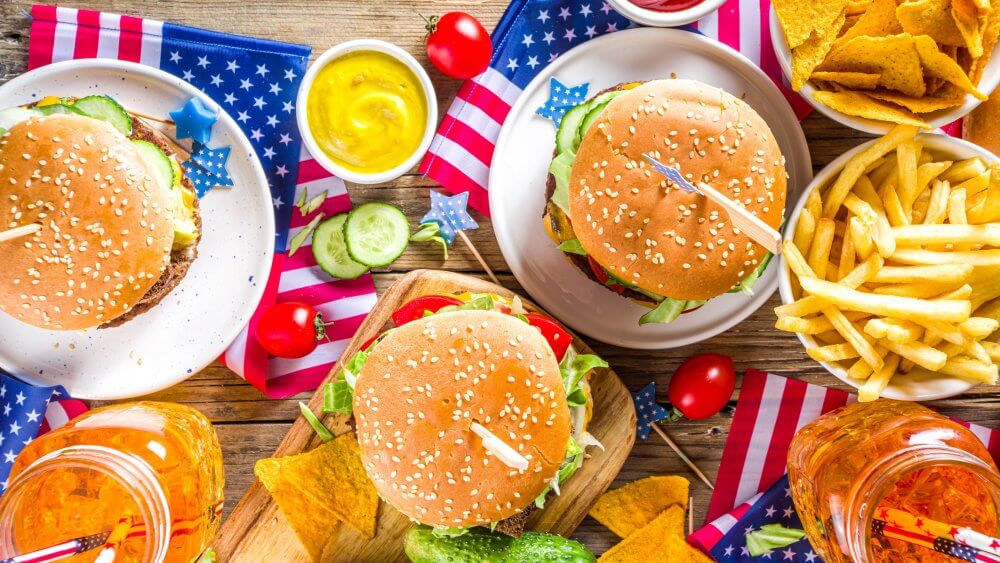The weather is warming up and people are heading outside to cook. While cooking on a grill might seem simple, there is a lot of chemistry involved. From charbroiled burgers and hot dogs to a sizzling steak, the flavors and aromas that we associate with barbecued foods are created by a variety of chemical reactions, including the Maillard reaction1 and caramelization.
The Maillard reaction2 is responsible for the delicious flavors of barbecued meat. The heat from the grill breaks down the food’s protein into amino acids. These amino acids then react with the sugars present in the food, which results in that delicious sear on your steak. Temperature, acidity, and type of meat all affect the compounds produced.
Caramelization3 is the oxidation of sugar—it turns carbohydrates and sugars into smaller compounds, which results in a nutty, caramel-like flavor.
But it’s not just cooking food that chemistry plays a part in at a barbecue. Here are some other ways you’ll encounter chemistry at a barbecue:
- Hydrochloric acid has many common end-uses, including food products like the corn syrup found in your favorite beverage and the ketchup on your hotdog. Hydrochloric acid is also used as an acidifier in sauces and canned goods to help enhance flavor and reduce spoilage. It’s also used in the production of the summertime staple—fireworks.

- Plastics are found everywhere at a barbecue—from food packaging and disposable dinnerware, to patio furniture and grill tools and accessories.
- And don’t forget to protect yourself when spending time out in the sun – sunscreen is important to use during outdoor summer activities to protect the skin from the sun’s damaging ultraviolet rays.
- In addition, insect repellent can help keep those pesky bugs away from you and your food while you’re enjoying your outdoor barbecue.




